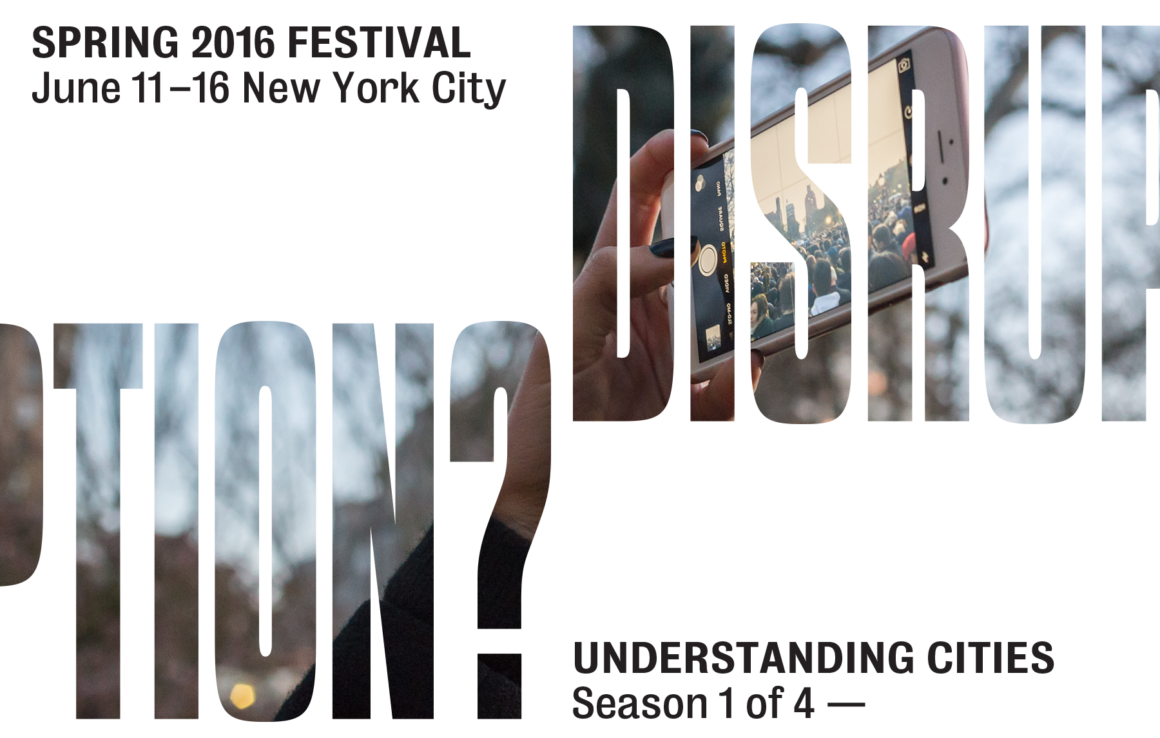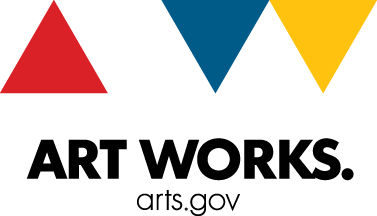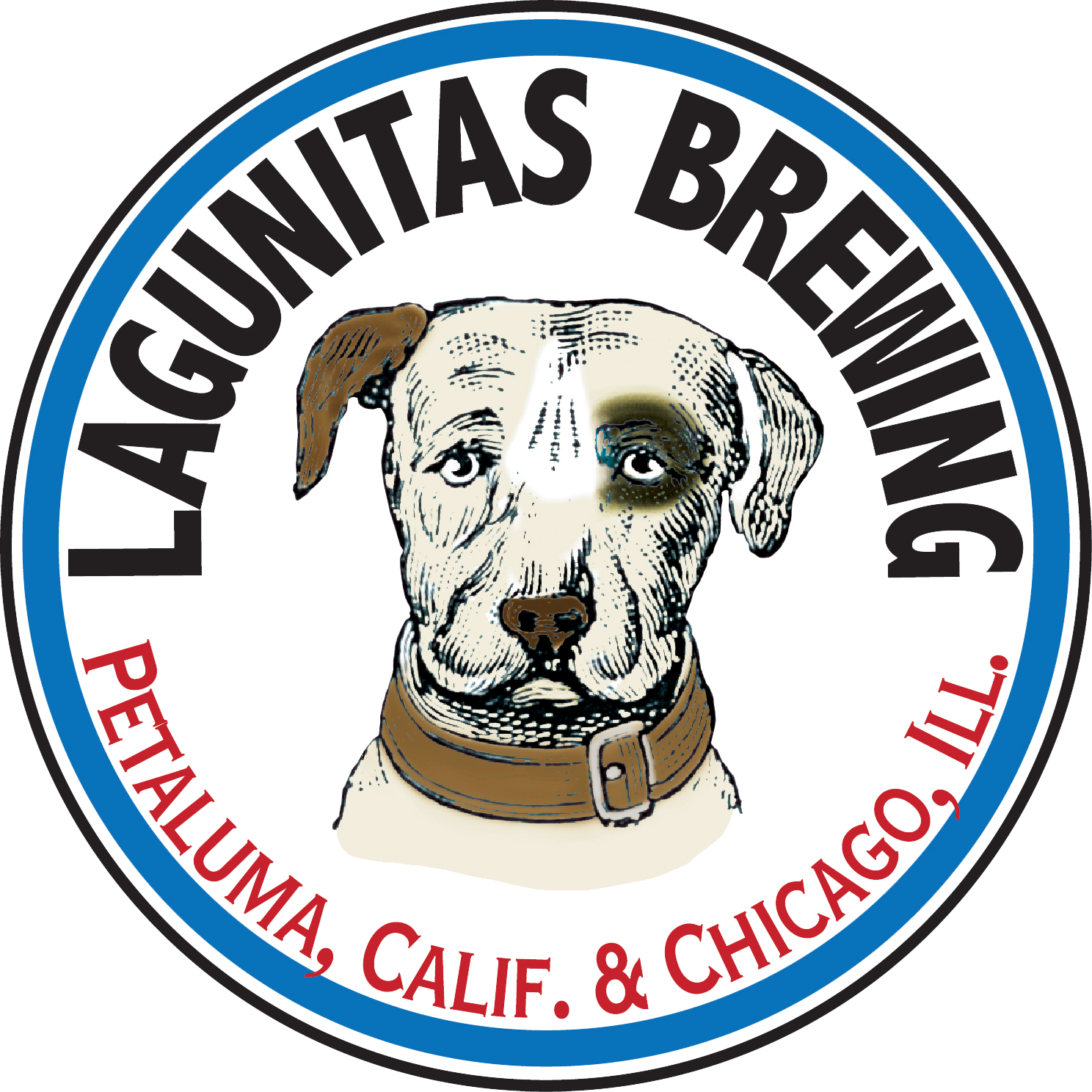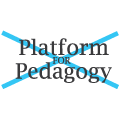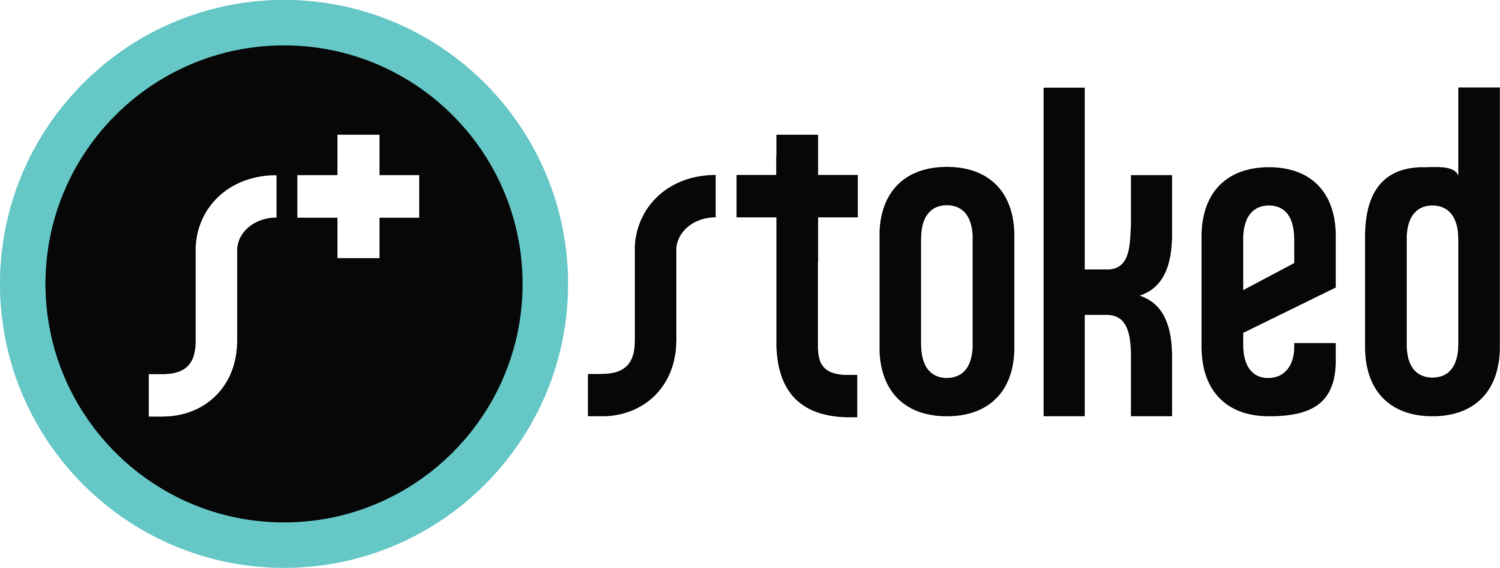In an age of rapid technological change, the meaning of disruption has shifted from maddening to ground-breaking. This embrace of innovation has jolted the way we get from A to B, consume food and goods, and make a living.
In June 2016, we questioned and looked beyond the current concept of disruption, and used this buzzword as a lens for better understanding cities. We asked: How does this era’s optimism and angst about technology take form in built environments, local communities, and municipal policies? How can designers and everyday citizens challenge the status quo? What “disruptions” are simply evidence of a constantly shape-shifting city?
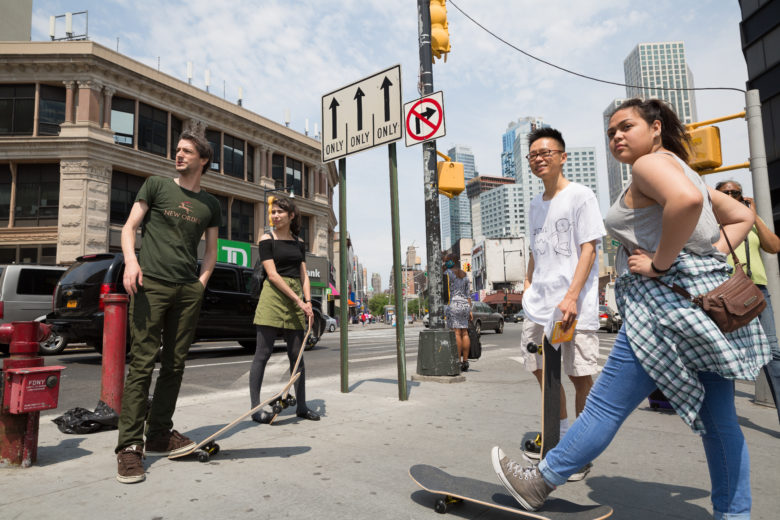
A SKATEBOARDER’S GUIDE TO FULTON MALL
Saturday, June 11, 10:30 a.m.
Tour
Presented with artist Taeyoon Choi
Meet at Bam Park (Fulton Street & St. Felix Street), Brooklyn
We took to skateboards in an exploration of four-wheeled transportation and local architecture along one of Brooklyn’s most iconic thoroughfares. Participants of all ages and skills were invited to join in this tour that aims to disrupt our conceptions of how we pass through a street. Following the tour, we collaborated on a map-making exercise considering how skateboarding can be a vehicle to reimagine the city. The program also featured insights from Damon Rich, designer, artist, urban planner, and co-author alongside Rosten Woo and Meredith TenHoor of Street Value: Shopping, Planning, and Politics at Fulton Mall.
This tour was inspired by the project Slope Intercept by Sara Hendren and supported by Stoked.
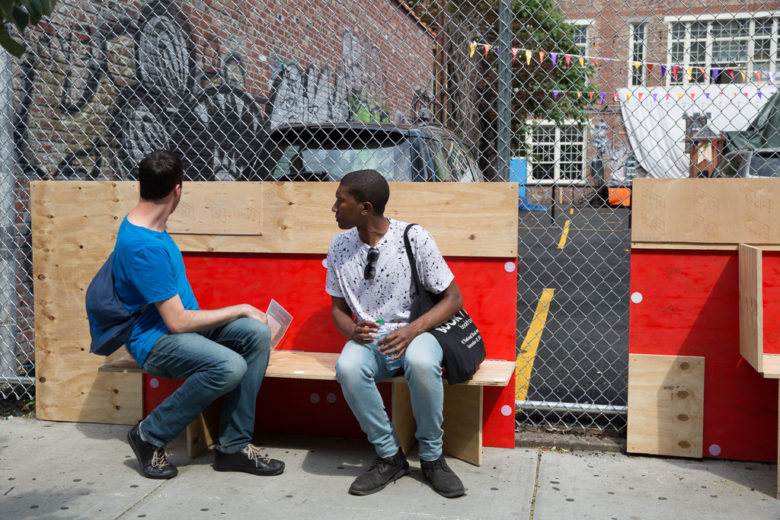
L.E.S. DECODED
Saturday, June 11, 3:30 p.m.
Neighborhood Exploration & Conversation
Presented with TIPS (This is Public Space) & The Clemente
107 Suffolk Street, NY
How can we better grasp—and question—the complex building, city, and social codes that shape the neighborhoods around us? Audience members joined us for a drop-in, self-guided exploration as we unraveled the official and unofficial rules of public space, from surface sidewalks and underground voids, to the rules of public restrooms and the limits of loitering. We met at the Norfolk Street gate of the Clemente Center parking lot to get a guide to temporary design interventions in three nearby public and semi-public spaces in the Lower East Side.
Afterward, we hosted a discussion at 5:00 p.m. in the second floor Abrazo Interno Gallery at The Clemente, where we looked deeper into how decoding the regulations of public space could allow for unexpected “disruptions.”
This event was designated for AIA CES (3 LU | HSW) and ASLA CES PDH/HSW (3 LU)
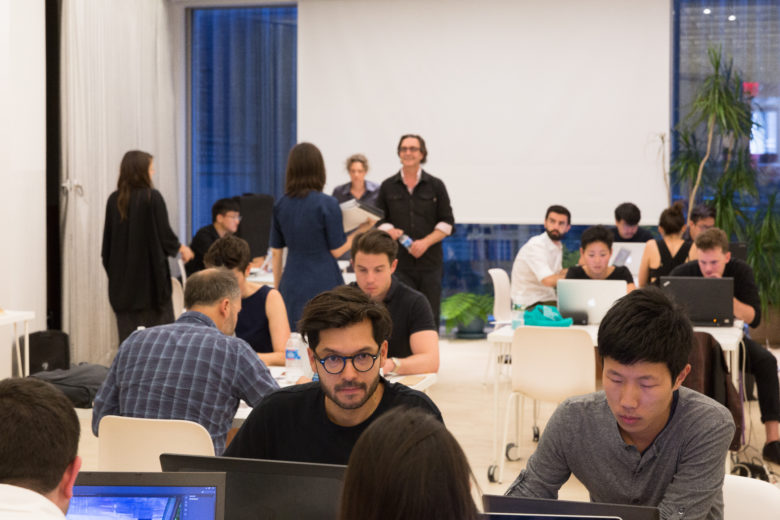
L Train Shutdown Charrette
Sunday, June 12, 4:00 p.m.
Flash Competition
Van Alen Institute
30 West 22nd Street
As neighborhoods along the L train brace for an interruption in service of unprecedented scale, this fast-paced competition asked interdisciplinary teams to propose implementable interventions that look beyond shuttle buses and private cars. Participants from both design and non-design fields were invited to this program that asked how unforeseen design solutions could facilitate easier routes during service shutdowns.
Spectators were invited to watch the presentation of proposals and jury comments, followed by the announcement of a winner.
This event was designated for AIA CES (3 LU | HSW) and ASLA CES PDH/HSW (3 LU)
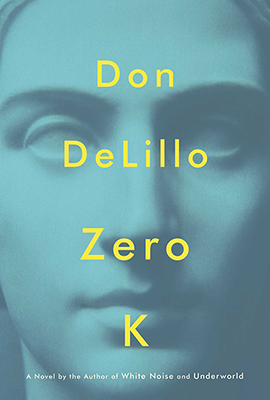
Van Alen Book Club: Zero K by Don DeLillo
Monday, June 13, 7:00 p.m.
Discussion
Van Alen Institute
30 West 22nd Street
How might tech-driven disruption approach such human concerns as aging and death? In this open meeting of the Van Alen Book club, we discussed the latest novel by urbanist favorite Don DeLillo. Zero K portrays a secret compound start-up where death is exquisitely controlled and bodies are preserved until a future time when biomedical advances and new technologies can return them to a life of transcendent promise. Discussion was moderated by author and critic Jimmy Stamp.
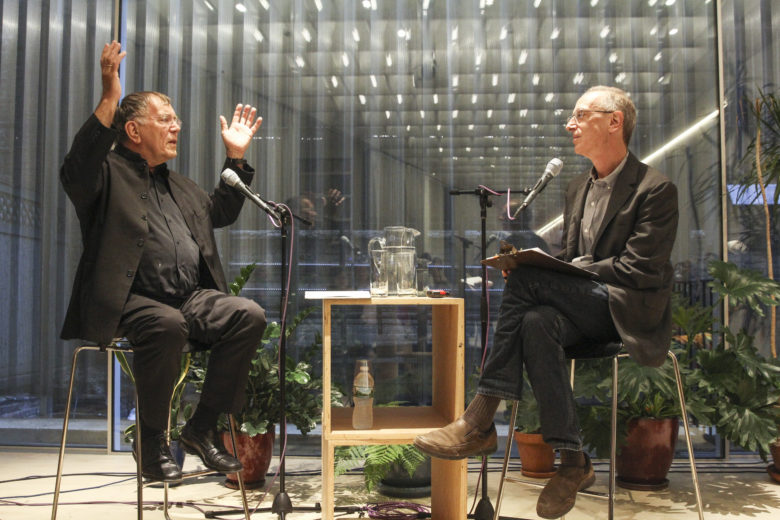
PERSON PLACE THING: JAN GEHL
Tuesday, June 14, 7:00 p.m.
Live Radio Show
Van Alen Institute
30 West 22nd Street
Over the course of his career, Danish architect and planner Jan Gehl redefined the role of the architect in public life, provoking the profession to consider the act of design in public space. The bike and pedestrian pathways in New York City that Gehl pioneered have altered how cities around the world approach street design.
Join us for a conversation between Gehl and former “The Ethicist” columnist for The New York Times Randy Cohen in a live recording of the radio show Person Place Thing. Gehl told us about a person, a place, and a thing that have shaped his understanding of cities, and how that understanding has in turn shaped his work. The evening also featured performances by mbira musician Kevin Nathaniel Hylton.
This event was designated for AIA CES (1.5 LU | HSW) and ASLA CES PDH/HSW (1.5 LU)
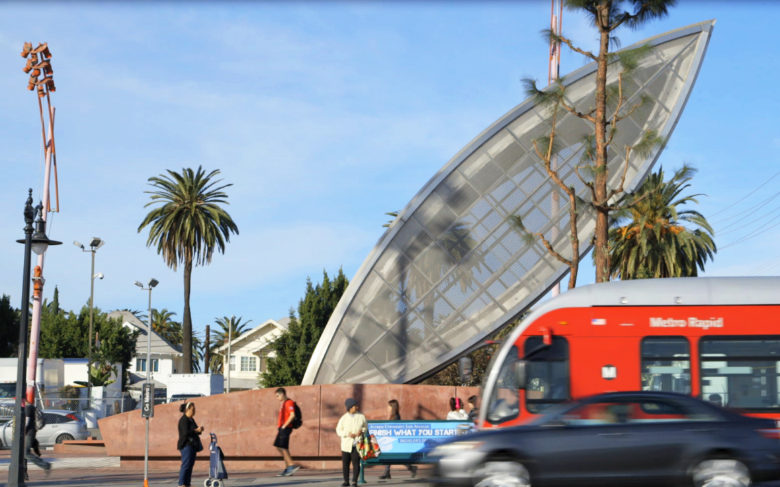
Power Lines
Wednesday, June 15, 7:00 p.m.
Short Documentary Screening & Discussion
Van Alen Institute
30 West 22nd Street
We hosted a preview screening of new episodes of Power Lines, the second season of the short documentary series Van Alen Sessions, presented with The Atlantic and CityLab. Exploring the future of the energy grid, Power Lines spotlights the outdated energy infrastructure that currently puts millions of city dwellers at risk, and reveals ambitious ideas for tomorrow’s electricity networks. Through expert insight and stories from everyday people, the second season of Van Alen Sessions provides a human face and up-close examination of the communities impacted by major shifts in the energy sector.
Following the screening, we hosted a conversation with Mark Alan Hughes, professor of practice at PennDesign, faculty director of the Kleinman Center for Energy Policy, and Lead Investigator at the Department of Energy’s Energy Efficient Buildings Hub at the Philadelphia Navy Yard; documentary director and producer Kelly Loudenberg; Sommer Mathis, editor, CityLab; and more.
This event was designated for AIA CES (1.5 LU | HSW) and ASLA CES PDH (1.5 LU)
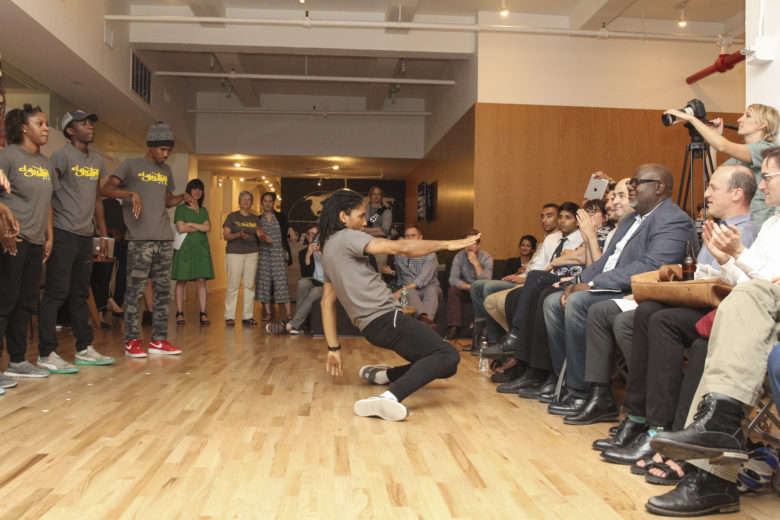
The Rupture
Thursday, June 16, 7:00 p.m.
Presented with General Assembly
General Assembly East Campus
902 Broadway, Fourth Floor
What is disruption, anyway? The term has been cast as a tech market tactic, a cultural trope, and a belief system of near-theological proportions. In an evening of performances and provocations, we considered many definitions of this watchword. Presenters offered perspectives of radical change ranging from activism and technology to equity and design.
Participants: It’s Showtime NYC subway dancers; Kimberly Drew, @museummammy and associate online community producer, The Metropolitan Museum of Art; Riley Hooker, editor, Façadomy; E. Tammy Kim, editorial staffer, The New Yorker, Jonathan Lee, design manager/lead, Google Design; Oscar Nuñez, program coordinator, Center for Urban Pedagogy; members of Picture the Homeless; Steven Thrasher, U.S. writer-at-large, The Guardian; and critic, editor, and curator Mimi Zeiger.
This event was designated for AIA CES (1.5 LU) and ASLA CES (1.5 LU)
5 DIRECTIONS TO DISRUPT THE CITY
Disruption isn’t just about shaking up takeout and taxis. Let’s consider how we can prevent tech innovations from leading to displacement and precarious labor, and on the flip side, think about how monumental problems like homelessness, energy security, and transportation infrastructure are also ripe for disruption. We synthesized all of your thoughtful questions, ideas, and insights from our spring festival Disruption? and visualized them into 5 Directions for Disrupting the City.
1. TAKE TO THE STREETS
We lament the disappearance of privacy amid a culture of oversharing and ad-driven surveillance. But when it comes to city life, nothing was ever all that private—which we should celebrate. Set up some furniture on the sidewalk, rally for broader bike lanes, catch the attention of passersby, and don’t forget your megaphone.
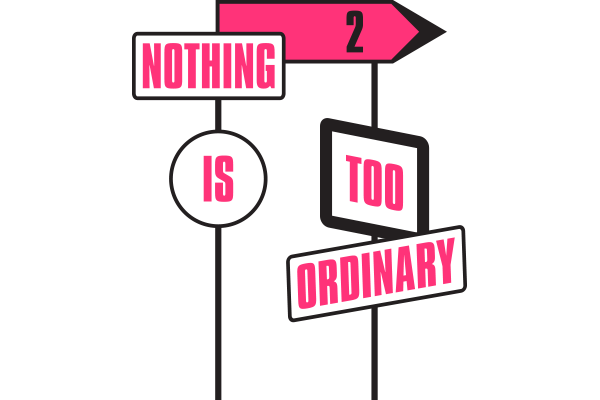
2. NOTHING IS TOO ORDINARY
We can disrupt on a small scale daily by reexamining what seem like mundane elements of city life. Call out public restrooms for not serving all populations. Use an outdoor mall not just to shop, but to exercise and chat with small business owners. Give buskers a stage to strut their stuff. Disruption has the potential to transform a banal backdrop into a boisterous city.
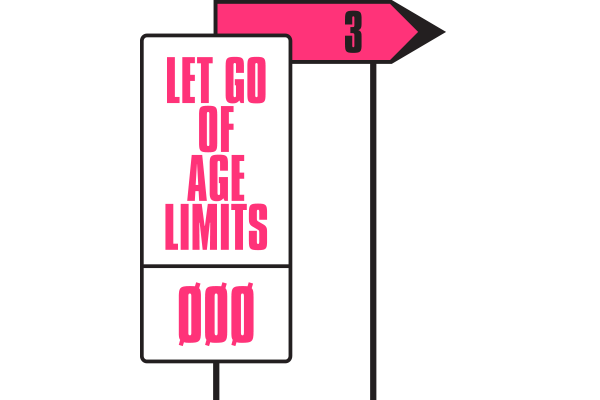
3. LET GO OF AGE LIMITS
As cities have tapped into tech culture with life-changing results, the people behind these disruptive innovations are often from a niche set of young professionals who might know how to identify consumer trends, but could use some pointers on how to shake things up. Bring adolescents into the conversation. Ask older citizens what innovations they really need, and most importantly, actually listen.
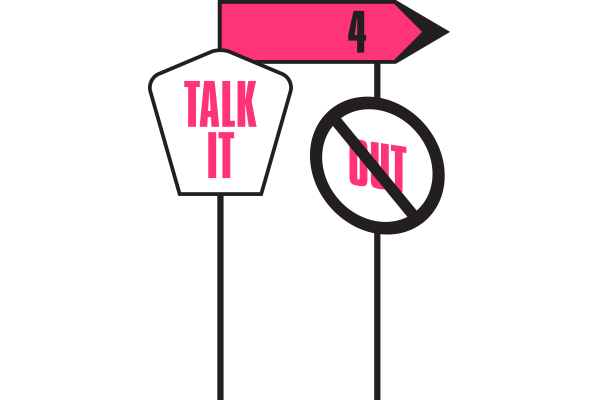
4. TALK IT OUT
Much of the “disruption” happening today takes place unseen by the public—it happens between web developers’ consoles and individuals’ devices. Reignite the art of conversation among strategists and strangers alike so that we can begin to harness the power to disrupt to solve larger issues. That may mean putting down your phone.
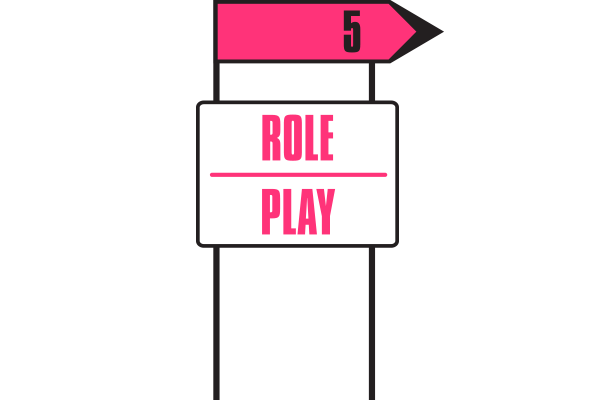
5. ROLE PLAY
Empathy is key to innovating—shock yourself into understanding where another person is coming from by taking on their part for a day. Before you can disrupt the homelessness crisis, spend an afternoon sleeping on a park bench to know what it’s like to feel criminalized in public space. Get a sense of the sidewalk obstacles confronting people constricted to wheeled devices by riding one yourself. Hitch yourself to a harness and climb onto a rooftop to install some solar panels with the people doing it on a daily basis. Walking a mile in another’s shoes will help paint a clearer picture of what needs to be addressed urgently in cities.
ABOUT
Disruption? was part of the long-term exploration, Understanding Cities, which aims to improve our understanding of cities via different lenses, from design and policy to activism and visual and performing arts. Through talks, debates, and excursions, we tackle compelling questions about the nature of cities from the perspective of varying disciplines.
Program series organized by Steven Thomson
Top photo by Cameron Blaylock
SUPPORTERS
This series was made possible through our Program Leadership Council, co-chaired by Andy Bernheimer (Bernheimer Architecture), Katherine Chia (Desai Chia Architecture), Koray Duman (Buro Koray Duman), Mark Gardner (Jaklitsch/Gardner Architects), Sara Grant (Murphy Burnham and Buttrick Architects), Stephan Jaklitsch (Jaklitsch/Gardner Architects), Hauke Jungjohann (Thornton Tomasetti), Amy Lau (Amy Lau Design), Joel Sanders (Joel Sanders Architect), and Susanna Sirefman (Dovetail Design Strategists).
Thank you to council members Elliot Berkowitz, Jerry Caldari, Demetrios Comodromos, Powell Draper, Dunia Dupont, Kevin Erickson, Chris Hughes, Scott Hughes, Julie Iovine, Emily Lamberty, Drew Lang, Will Laufs, Jon Maass, Michael Manfredi, Ted Porter, Juergen Riehm, Jane Stageberg, Carol Swedlow, and Marion Weiss.
The programs were supported by the New York State Council on the Arts with the support of Governor Andrew M. Cuomo and the New York State Legislature, and, in part, by public funds from the New York City Department of Cultural Affairs in partnership with the City Council.
